According to the statistical data collected by the Centers for Disease Control and Prevention (CDC) from 2017 to 2018, more than 42% of adults and 19% of adolescents in the country are facing the problem of obesity. In an article published in the journal lipid on March 29, 2022, a research team from Clemson University has just introduced the in-depth relationship between some naturally occurring enzymes in the body and the control of obesity and liver disease**
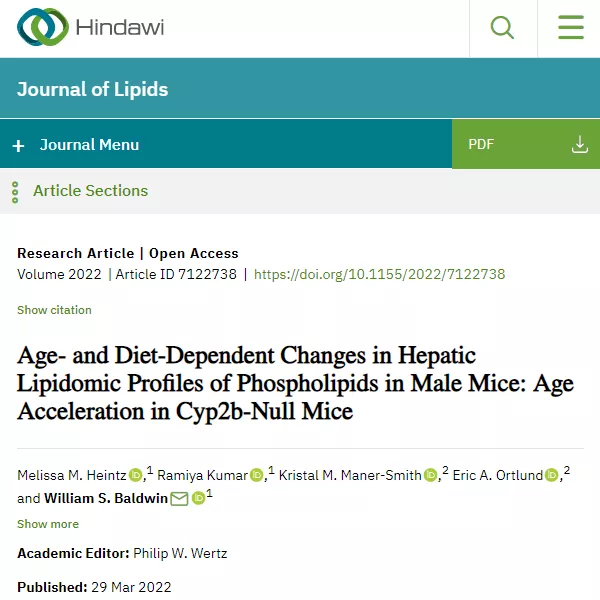
Screenshot (from: journal of lipids)
Sci tech daily pointed out that from 1975 to 2016, the global prevalence of overweight or obese adolescents aged 5-19 increased more than fourfold (from 4% to 18%).
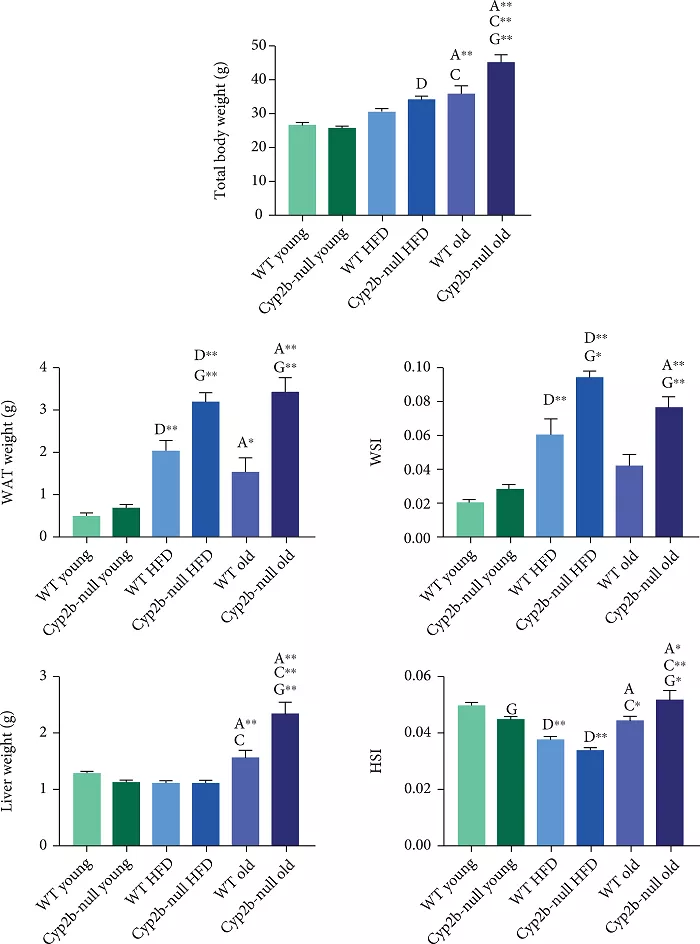
Figure 1: comparison of total, liver, wat weights among all treatment groups
Generally, researchers tend to regard obesity as related to excessive diet or lack of exercise. However, some studies in recent years have also revealed other potential influencing factors.
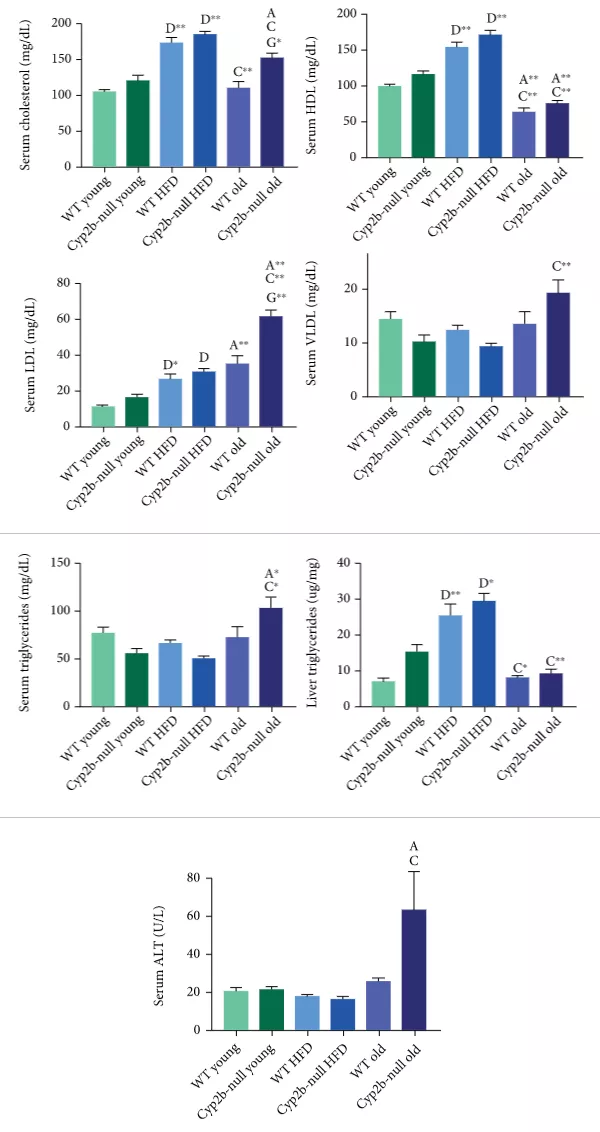
Figure 2: changes of blood lipid / triglyceride / ALT with age, diet and genotype
Three Clemson researchers, together with colleagues from Emory University School of medicine, observed male mice deficient in CYP2B enzyme to understand the effect of this factor on the metabolism of mice.
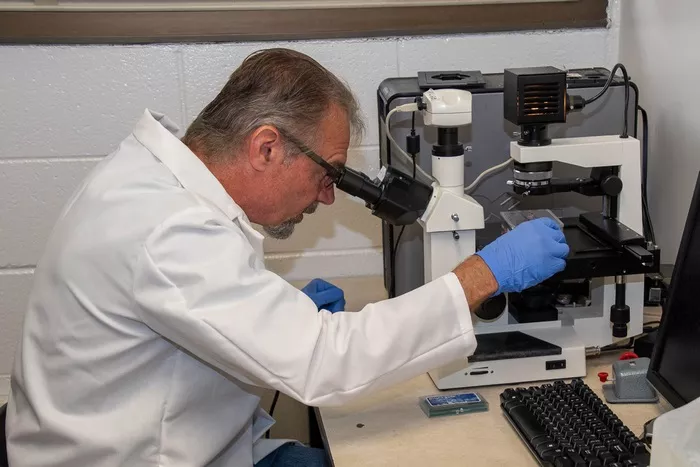
(from Clemson University College of Science)
Interestingly, William Baldwin, Professor of the Department of biological sciences and director of the graduate program of the University, pointed out that enzyme deficiency led to weight gain in male mice, while female CYP2B null mice did not show the same effect.

Study map - 3: phospholipid thermogram for all treatment groups
"We have noticed that CYP2B deficient mice are heavier, and they are more likely to be obese than the control group - at least the diet causes obesity more seriously - especially in male mice, and we are trying to find out why," said the professor.
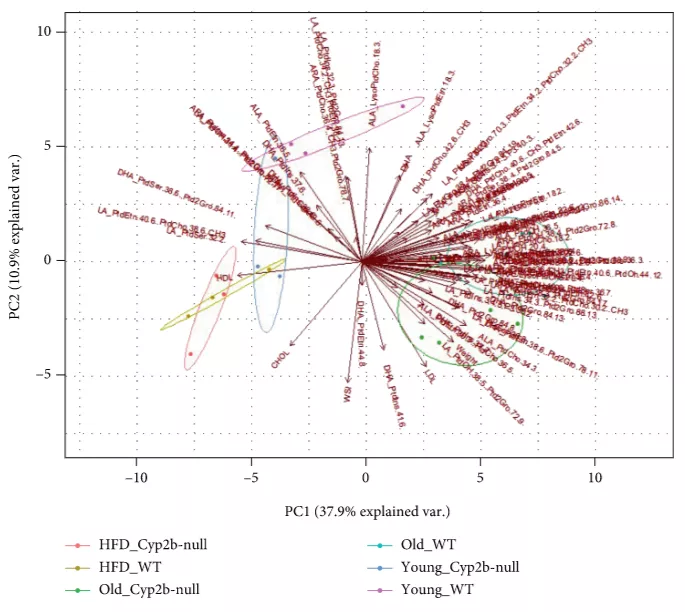
Figure 4-1: PCA analysis
Although the observations presented by the researchers are concise, it is much more complicated to understand the interaction of the factors behind weight gain.

Figure 4-2: specific lipid types are related to adverse victory events
Baldwin pointed out the complexity of several chemical processes involving CYP enzymes - as a member of the superfamily of enzymes that perform multiple functions in the human body, CYP2B enzymes help metabolize certain toxins and drugs to remove them from the body.

Study map - 5: n-6: n-3 ratio change between treatment groups
CYP enzymes also have other jobs, they metabolize bile acids / steroid hormones, and polyunsaturated fats from our diet - meaning that these factors also interact.
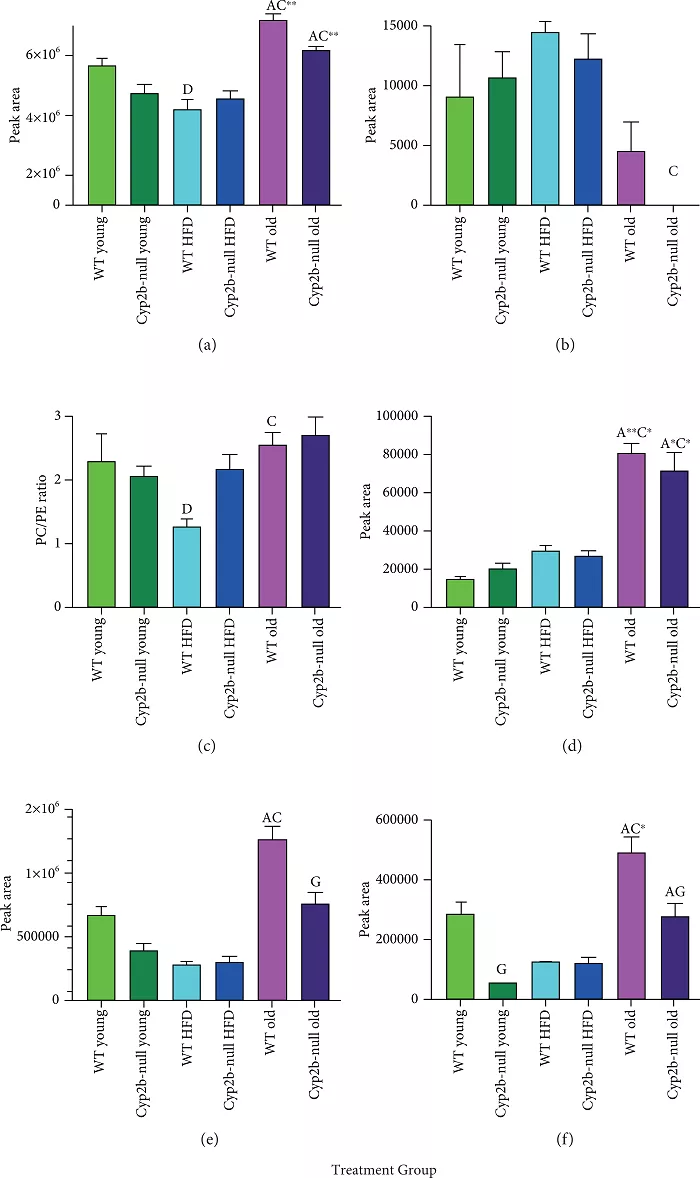
Study map - 6: ratio between different lipid groups / treatment groups
If your diet is rich in fat, it may inhibit your drug metabolism. On the other hand, drugs may also inhibit the metabolism of substances such as fat / steroids
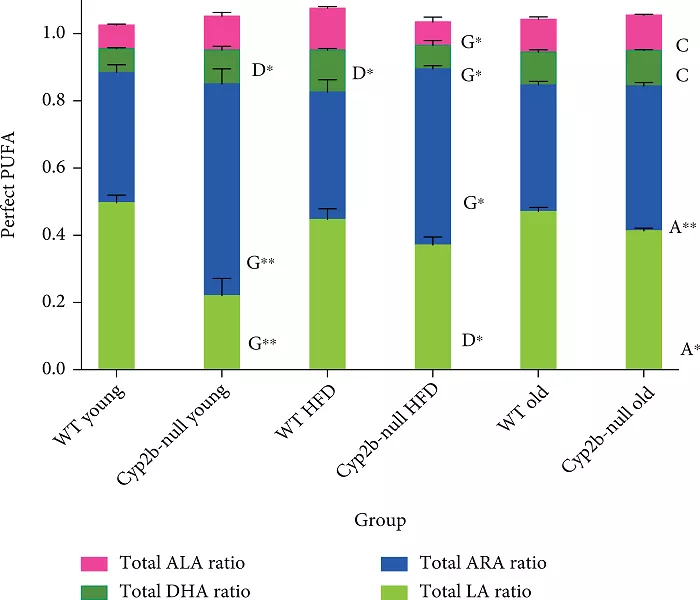
Study map - 7: ratio of lipids / total lipids for each measurement
The researchers also studied the relationship between "disturbed blood lipid profile" and diseases. The results showed that the susceptibility to diseases and overall health were greatly affected by the changes of lipid group.
Western style high-fat diet will lead to obesity and greatly change the liver lipid group. The disorder of lipid mass spectrum is related to specific liver diseases, such as nonalcoholic fatty liver disease (NAFLD) / nonalcoholic steatohepatitis (NASH).
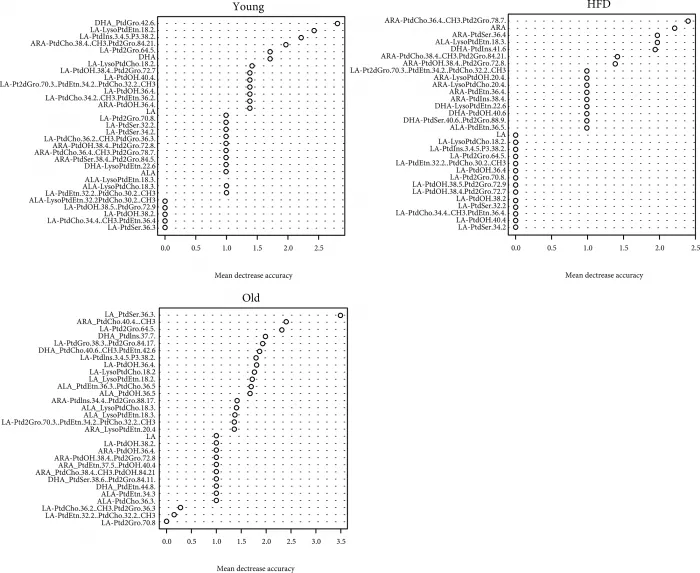
Figure 8-1: lipid types and results related to CYP2B null mice
Previously, Baldwin led a team to study the relationship between diet and environmental toxins. Recent studies have looked at how aging and diet affect these metabolic processes.
In general, as the mice age, it becomes more difficult to regulate their weight - they have heavier white adipose tissue (mainly including the connective tissue of adipocytes).
At the same time, the situation was worse in mice lacking CYP2B enzyme. Not only is the weight and liver larger, but also the health is more worrying.
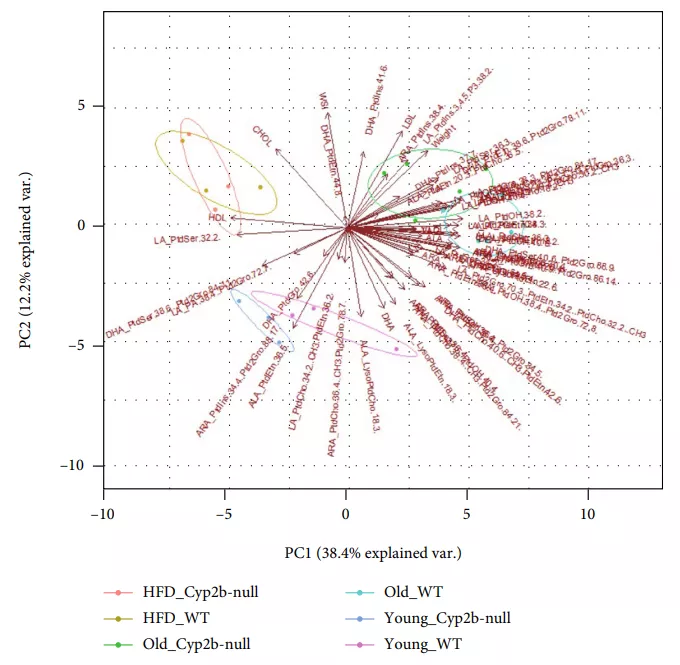
Figure 8-2: differences in lipid types / measurement variables between the experimental group and the control group
Finally, poor diet can also lead to weight gain, and the situation of CYP2B deficient mice is even worse. It is speculated that poor metabolism may be the cause. As for the exact mechanism of CYP2B enzyme, it still needs to be further studied.
Baldwin will further study the similarities and differences between humans and mice. As part of the unpublished paper, it can be seen that the working methods of enzymes in mice and human body may be different.
For example, human enzymes seem to tend to retain some fat in the liver, while mouse enzymes tend to drive to white adipose tissue.